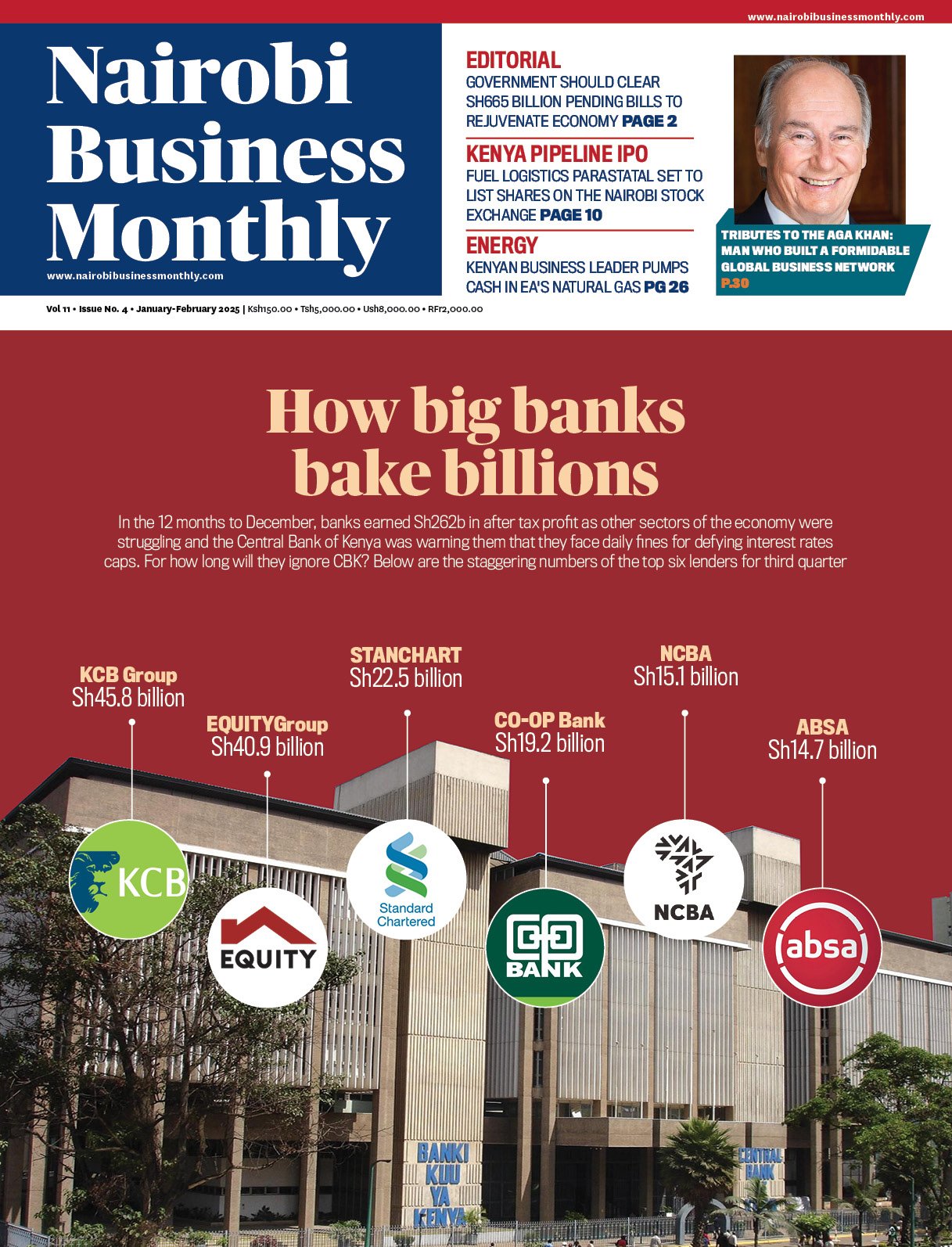Sagaci Research, a leading independent pan-African market research and market intelligence firm, has released its KFC Index for the Q2 2020. This quarterly index utilises the price of KFC chicken buckets to estimate US dollar foreign-exchange (FX) rates of more than 20 African currencies. It is based on price data collected by Sagaci Research field agents, who visited KFC restaurants in 20 countries during June 2020.
If a country’s currency is found to be overvalued, this implies that it is cheaper to buy KFC chicken in the US than domestically. Unsurprising, most African currencies (17 out of 21) were found to be undervalued vis-à-vis the greenback in Q2. The only currencies bucking this trend were the West African CFA franc in Senegal and Côte d’Ivoire, the Central African CFA franc in Gabon, and the Zimbabwean dollar.
The latter was found to be 12.9% overvalued against the greenback in Q2, making it the most overvalued currency on the continent, ahead of the Central African CFA franc in Gabon (10.4% overvalued). This reflects renewed economic turbulence in a country where the annual rate of consumer price inflation reached 786% in May, leading the country’s central bank to more than double its official US dollar FX rate from during June.
At the other end of the spectrum, the currencies of four Southern African countries (South Africa, Lesotho, Eswatini, and Zambia) remain the most undervalued in Africa, with each of these undervalued by at least 50% against the US dollar.
Most African currencies (14 out of 20) saw their level of undervaluation decrease (or conversely, their level of overvaluation increase) vis-a-vis the USD between March and June. This reflected a general decline in the local currency unit (LCU) value of the USD in the region, as the latter gave back some of the gains it had made against most emerging market currencies during the early days of the Covid-19 crisis in March as investors sought a safe haven.
The Moroccan dirham saw the biggest decrease in its level of undervaluation vis-a-vis the USD, from 22% to 10.7%, reflecting a post-lockdown price increase in local KFC restaurants, in addition to the aforementioned FX effect.
The Nigerian naira experienced the biggest increase in its level of undervaluation, from -6.4% to -17.4%. This was due to the fact the heavily oil-dependent naira was one of the few African currencies to lose ground against USD during Q2. In contrast, another oil-dependent currency, the Angolan kwanza, saw its level of undervaluation decline modestly (from 23.4% to 20.5%), as the impact of its depreciation vis-a-vis the USD was outweighed by a local KFC price increase.


